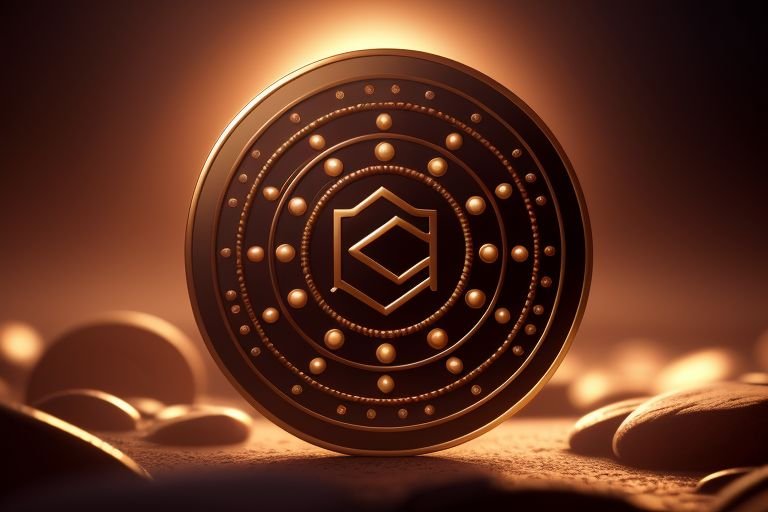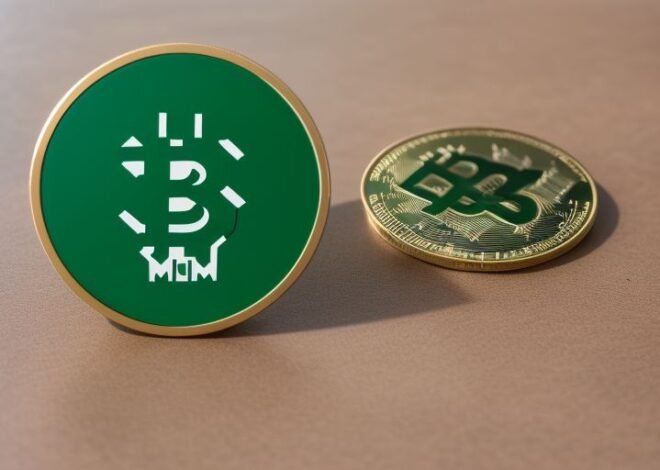
Developments of Smart Contracts Driven by Cardano
Cardano, the third-generation blockchain that respects the knowledge-centric approach and emphasizing its absolute sustainability, starts a new journey after introducing smart contracts.
Through the Alonzo hard fork, the long-awaited feature has enabled many decentralized applications or dApps and decentralized finance or DeFi projects that attracted more attention to the Cardano ecosystem.
The integration of smart contracts into Cardano can now be considered as a major step in its development, thus putting the project to challenge constant leaders like Ethereum and newcomers like Solana. Still, Cardano’s approach, based on scientific publishing and mathematical provability, for the first time guarantees the solidity of smart contract creation.
This methodical approach even though compared to other voices, is criticized for being slow, has captured the attention of developers and various projects seeking a solid and well structured platform. After the Alonzo upgrade, there is a heightened level of development on the Cardano ecosystem as indicated in the following table.
Cardano now supports a wide range of projects covering such areas as DEX, lending, marketplaces for NFT, or even gaming. The native currency of the mentioned platform also has become more popular as more developers and users join the network.
However, there are several crucial advantages of Cardano’s smart contract implementation, which is the Plutus programming language based on the Haskell. This is a functional programming approach that aims at improving the security aspect and decrease the number of bug vulnerable smart contracts.
Although this might present a learning curve to some developers, its benefits have been hailed for the ability to make dApps more secure and reliable. The management of the Cardano platform is under the Cardano Foundation and IOHK company that has been participating in the development of the ecosystem.
Such programs include the ongoing developer education program, funding and opportunities and collaboration with university. The new addition to the platform through the creation of the Catalyst Fund, a community treasury of the project has equally motivated developers as users of ADA coin can propose funding requirements.
However, having a large number of fans, the Cardano ecosystem has a problem – the need to increase the number of capacities. The platform’s development team is currently in the process of creating future iterations, such as Hydra – a layer-2 scaling solution that will raise the platform’s transaction speed even further.
This focus on scalability, therefore, provides the needed direction in the ever-sophisticated smart contract platform market to ensure Cardano sustains its market dominance. Cardano’s smart contract development has also triggered interest from institutional investors and enterprise. A range of firms have shared details of their plans to create on or utilise the Cardano blockchain, which many believe to have a focus on science and practicality.
This institutional interest could go along way in propelling the general acceptance of the Cardano technology into the general market. As it remains to be seen that Cardano is going to develop continuously, it has to compete with old and new generations of platforms and blockchains.
Cardano smart contract feature and the expansion of its environment will be the decisive aspect that will define how the cryptocurrency market will develop for Cardano. Cardano therefore stands in a good stead for responding to the future needs of decentralised technology given its existing base and the community it is continuing to build.


